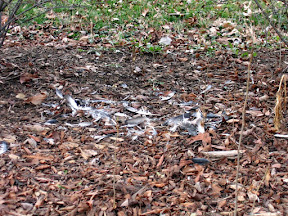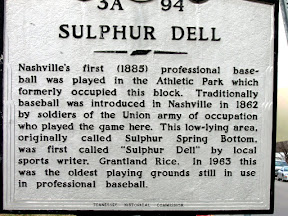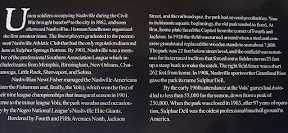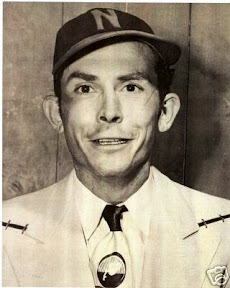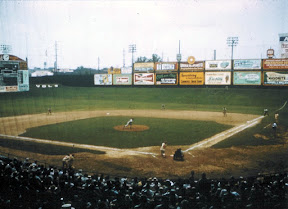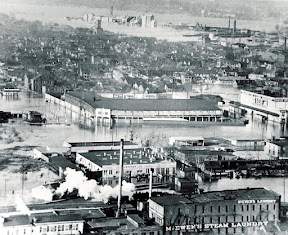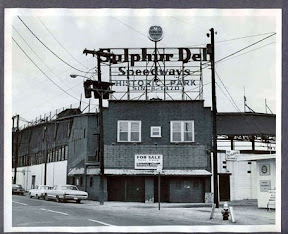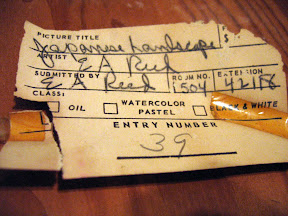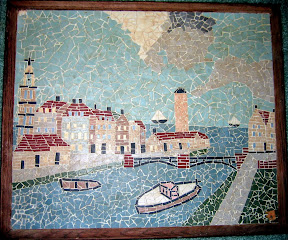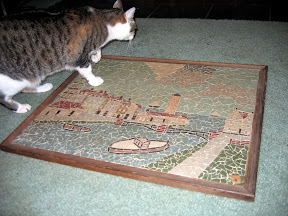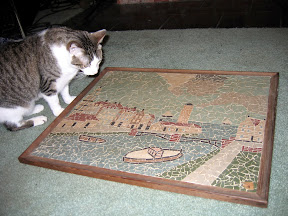
Service Order Typists in the Business Office cut the orders using the Model 28 ASR Teletypewriter, which used 5-channel paper tape.

The Service Order Bureau also had a few of the "newer" 35 ASR Teletypewriter, which used 8-channel paper tape.

Service Order Representatives in the Business Office would hand-write the order on a special form. The orders were carried via a pneumatic tube system (which I designed) to the Service Order Typing Bureau. There Service Order Typists would create a punched paper tape. Each character was represented by a specific pattern of holes in the paper tape (either 5- or 8-channel). This tape was then fed through a tape reader. As the tape advanced to each position, little metal fingers protruded through each hole in the tape, generating an electric signal that was sent out over the service order network. The network operated at 110 baud, meaning that 110 characters were sent per minute. A long service order for a business with many extensions could take hours to transmit.
The service order network was hardwired and dedicated to only service orders. If one printer ran out of paper or jammed in the dozens of locations to which the multi-leg circuit terminated (which happened frequently), the entire network would go down until someone was dispatched to fix the problem.
In 1974 when I joined C&P's headquarters forecasting staff, I learned to use the mainframe timeshare (VM/CMS) system, with which I created mathematical models of customer demand using linear regression and multivariate econometric models. These models were run using "STATLIB", which was an acronym for "Bell System Statistical Computing Library." STATLIB was a high-level language based in FORTRAN and developed by Bell Labs. Input (data and models) was created by paper tape, which was fed into the computer and run on the mainframe, which was located in New Jersey. Most programs were run in batch mode, and the printed output would arrive several days later.
About that same time I bought a Timex Sinclair 1000 for my home, with which my son and I discovered the joys of programming in BASIC.

In 1984 my division received our first IBM personal computer, which was shared among 14 people. I was one of the early adopters and shortly thereafter spent $4,000 to buy an IBM PC-1 for my home, with which my son and I discovered how to write simple graphics programs using BASICA. It came with 64K of RAM, which I upgraded to 640K, the maximum that DOS could address at that time.








